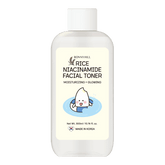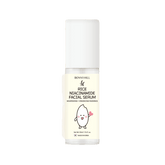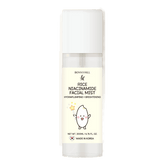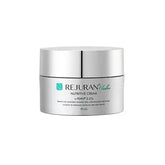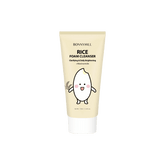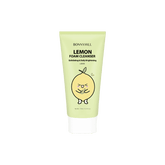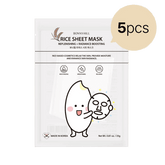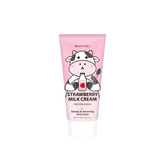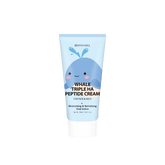Darkening Melasma & Hyperpigmentation: What Should You Apply?
Darkening Melasma & Hyperpigmentation: What Should You Apply?
Content provided by buybeautykorea.com
Understanding Melasma and Hyperpigmentation
As UV radiation intensifies, many notice their melasma and blemishes darkening, with an overall tanning of the skin. Pigmentary lesions are common skin changes in East Asians, and they often require care as they can significantly impact one's quality of life.
A review journal published in the *Archives of Dermatological Research* in February analyzed various databases, including Google Scholar, NCBI, Scopus, and PubMed. It found that ingredients like Ziziphus jujuba syrup, Amorphophallus konjac capsules, herbal mixed cream, cysteamine cream, 4-hexyl-1,3-phenylenediol lotion, lignin peroxidase cream, and 0.1% tretinoin cream were used to improve skin pigmentation. Among these, Amorphophallus konjac capsules were reported to show good effects. This type of systematic literature review helps in selecting superior products among those commercially available.
When Melasma Darkens Suddenly: Professional Treatments
If your melasma suddenly darkens with strong UV exposure, it's more beneficial to use professional medicinal products with whitening effects rather than general brightening cosmetics. Key active ingredients include **Hydroquinone** and **Tretinoin**.
- Hydroquinone: This ingredient inhibits enzymes that induce melanin synthesis, thereby preventing melanin production.
- Tretinoin: A vitamin A derivative, tretinoin increases skin cell turnover, promoting melanin shedding. It also interferes with melanin-synthesizing enzymes and aids in melanin redistribution, resulting in brighter skin. Tretinoin is also effective for photoaging and acne, making it widely used even for post-acne hyperpigmentation.
If you use medicinal agents when pigmentation suddenly darkens, it's recommended to use brightening cosmetics for daily maintenance.
Effective Brightening Ingredients in Cosmetics for Daily Care
Ingredients like **Arbutin**, **Niacinamide**, **Azelaic Acid**, **Cysteamine**, **Vitamin C**, and **Tranexamic Acid** are commonly used in cosmetics for their brightening effects. With such a wide variety of brightening cosmetic products available, choosing the right one can be challenging. Since melanin synthesis occurs through various processes, there are diverse brightening ingredients and products for each stage. Therefore, it's often better to use products with multiple different ingredients rather than a single product with a single ingredient.
- Arbutin: One of the most widely used brightening ingredients, arbutin is a derivative of hydroquinone that inhibits melanin-synthesizing enzymes for a brightening effect.
- Tranexamic Acid: Following reports of its effectiveness on melasma and other pigmentation when directly penetrated into the skin through various dermatological methods, numerous brightening cosmetics featuring tranexamic acid have been introduced.
- Vitamin C and Retinoic Acid: These ingredients are effective in reducing pigmentation. However, caution is needed for sensitive skin types as they can cause irritation and redness. It's also advisable not to use these ingredients in conjunction with peeling products, as this can increase skin irritation.
Furthermore, **diligent use of sunscreen** is crucial for managing pigmentation.



